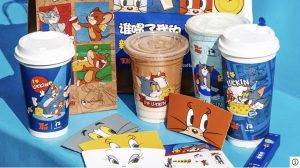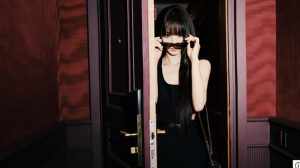After “dopamine dressing,” Barbiecore has become the next hottest buzzword in China. Here is why the fashion trend is taking off.

What Happened: Within three days of its release on July 21, Barbie grossed $340 million (2.4 billion RMB) at the global box office. This weekend, Greta Gerwig’s film hit $1 billion globally, making it the second movie this year to cross the billion-dollar mark after The Super Mario Bros. Movie.
The film’s popularity has led to a surge in Barbie-inspired fashion. Google search trend data shows that the search volume of Barbiecore increased by 7,900 percent in the past week.
Even in China, where Barbie culture is not dominant, the film has sparked excitement online. On Xiaohongshu, the topic “Wearing pink today” (#今天穿粉色) has over 8.38 million views. A vast number of users have posted pictures of themselves going to watch the movie dressed in pink Barbiecore outfits.
But for Mattel, Barbie’s parent company, the road to China hasn’t been all sunshine and roses. In 2009, the toy maker opened a six-story Barbie flagship store in Shanghai, offering more than 1,600 dolls. However, two years later, the store closed its doors.
Despite its efforts to reach local consumers by creating dolls inspired by famous Chinese figures such as actress Fan Bingbing, women’s volleyball leader Hui Ruoqi, and ballet dancer Tan Yuanyuan, the IP still did not resonate with local shoppers. Unlike in the West, Chinese shoppers did not grow up watching the cartoon or playing with the dolls.
The difference this time is that Greta Gerwig’s Barbie film addresses female empowerment and challenges the traditional definitions of women and body positivity, touching the hearts of many young viewers. According to Taobao, in the 12 months ended March 31, nearly 88 percent of searches on the platform for Barbiecore were women, many of whom were born in the 2000s. Continue to read the full article here





